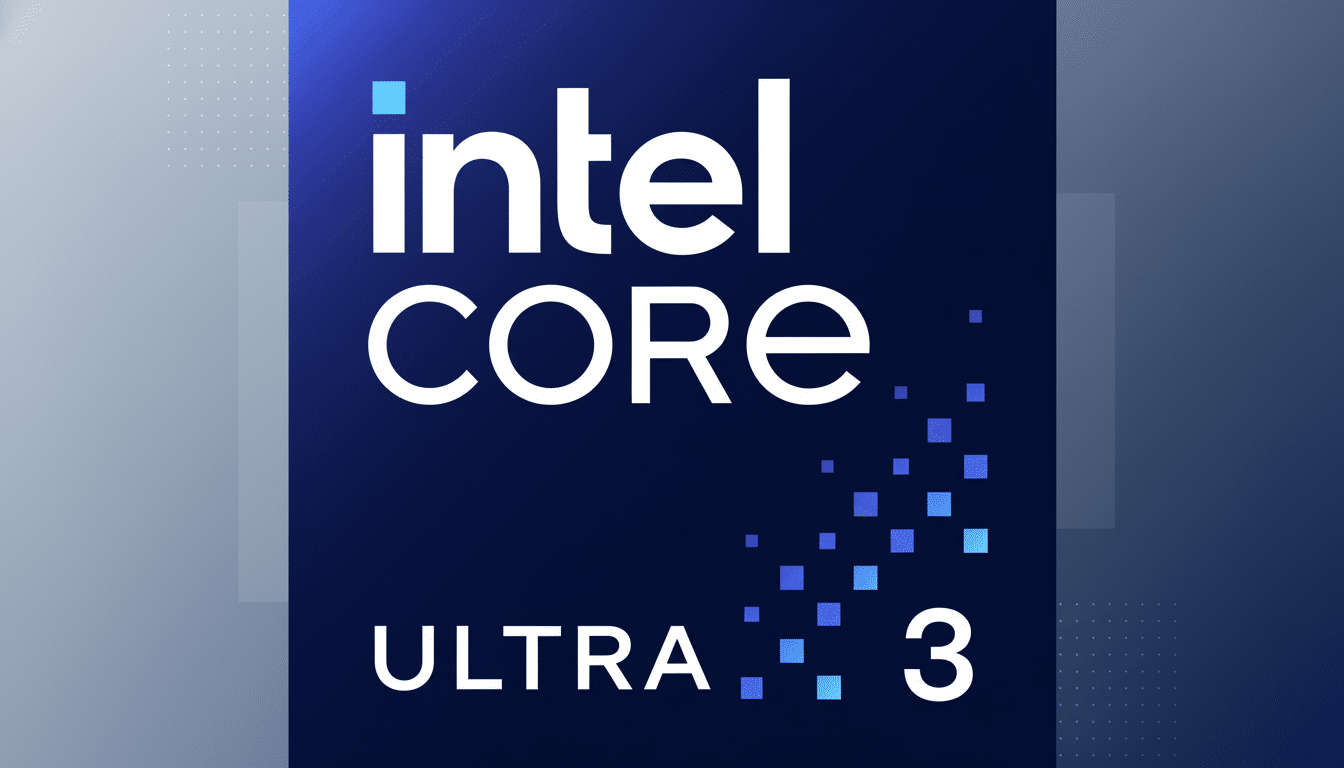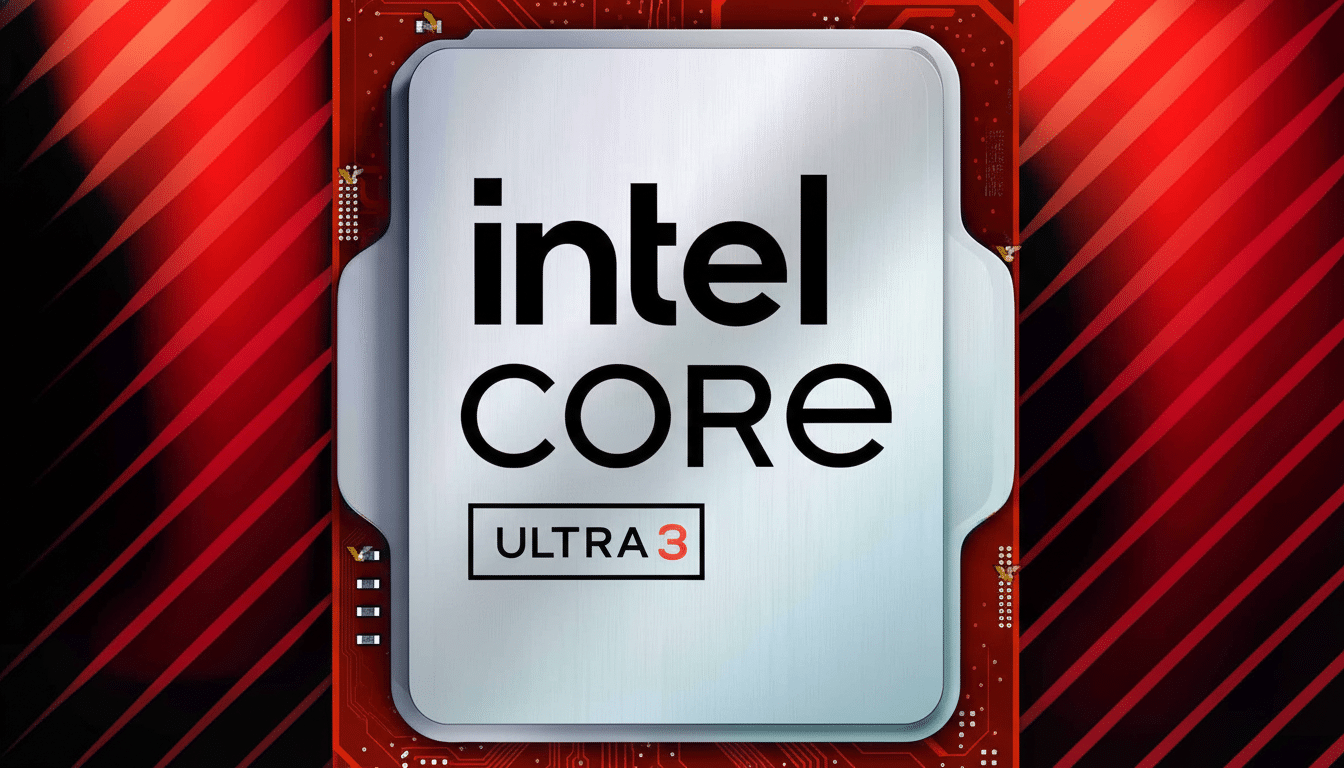I stood on the Arizona fab floor as the wafer of Intel’s first 18A chips spun under inspection lights, and it was different. The Core Ultra Series 3 processors, codenamed Panther Lake, are more than just another mobile refresh. Success is kind of a big deal. From both an engineering and market perspective, blue-chip qualification has the potential to prove as transformative for Intel’s client business (and its rejuvenated foundry ambitions, for that matter) just like GF 28nm Technetium was.
Why Intel’s 18A process node truly matters for PCs
Panther Lake is the first high-volume client product on Intel’s 18A node, featuring RibbonFET gate-all-around transistors and power delivery coming from the backside with PowerVia. That combination, long alluded to in technical papers at IEEE conferences, is aimed at reducing IR drop, improving voltage stability, and liberating routing resources for signal paths—which equates to more performance per watt.
- Why Intel’s 18A process node truly matters for PCs
- Panther Lake architecture and performance targets explained
- Power efficiency and AI PC readiness: early impressions
- Foundry strategy shifts and manufacturing risks highlighted
- Competitive context versus AMD and ARM-based Windows rivals
- What to watch next as Panther Lake approaches retail launch

Intel engineers characterized 18A as a clean-sheet move for efficiency leadership, not just density. The backside power method is still very rare in mass-market chips; if Intel rolls it out to laptops at scale, it will be a real manufacturing milestone, and not just a marketing line.
Panther Lake architecture and performance targets explained
The aforementioned Panther Lake configuration mates new Cougar Cove performance cores to Darkmont low-power efficiency cores, backed by the refreshed Xe3 integrated GPU and a next-gen NPU for on-device AI. Intel stressed an optimized hybrid approach:
- P-cores for single-thread speed and responsiveness
- LP E-cores to handle background tasks or light-threaded activity on short order
- In some SKUs, traditional E-cores when heavy parallel work beckons
Memory support includes LPDDR5X at speeds as high as 9600 MT/s, and DDR5 in larger-capacity designs, with platform I/O aiming toward Wi‑Fi 7 and Thunderbolt 4 alongside the latest PCIe lanes for fast storage. Internally, Intel forecasts huge leaps in AI throughput over Arrow Lake courtesy of both the NPU and Xe3. The company’s messaging was cautious—no broad performance claims at this early juncture—but the architecture brief indicates perf-per-watt is better than what it delivers across typical client loads.
Power efficiency and AI PC readiness: early impressions
Intel’s most compelling demonstration was blunt: three laptops otherwise identical—Arrow Lake, Lunar Lake, and Panther Lake—undergoing the same multitasking scenarios with live system power readouts. In video calls, document editing, and background sync, Panther Lake always made a significant dent in the wattage while matching or beating responsiveness. It wasn’t a jaw-dropping landslide, but the deltas were there and they were demonstrable.
If those power efficiency savings translate to actual gear, battery life could nudge up from the solid starting baselines I saw with leading Lunar Lake notebooks, which, in a rotation of independent reviews and my own testing, consistently clocked in at mid-single digits to high-teens hours of mainly mixed usage time. For the nascent “AI PC” category, sustained efficiency matters just as much as headline TOPS; being able to run generative models, transcription, and vision tasks locally without destroying someone’s battery life is the bar to cross.
Foundry strategy shifts and manufacturing risks highlighted
The Arizona tour also underscored a second storyline: Intel requires Panther Lake not simply as an asset, but also as a proof point for Intel Foundry.

Executives talked of a move from monolithic chips to “systems of chips” in which tiles, advanced packaging, and power delivery are as or more important than transistor counts. Anticipate broader use of Foveros 3D stacking and other packaging to scale up future client and server parts.
Execution risk is real. Testing scale-up to new device structures and backside power brings learning as well as defect control and cost. But Intel has support and a sense of urgency. Grants and loans in the billions of dollars under the CHIPS and Science Act to expand domestic capacity were announced by the U.S. Department of Commerce, with industry analysts from companies such as Gartner and Mercury Research highlighting that regaining process momentum was necessary if Intel is to compete with TSMC’s manufacturing lead.
Competitive context versus AMD and ARM-based Windows rivals
Panther Lake hits a market that no longer is a layup for x86 incumbents. ARM-based Windows laptops are already much improved in battery life and AI acceleration, and AMD’s latest mobile APUs bring solid integrated graphics as well as NPUs. Mercury Research has tracked share pressure in markets where efficiency drives purchases. Against that backdrop, Intel doesn’t need the absolute fastest benchmark in a corner of the room—it needs clear and sustained leadership in terms of perf-per-watt as well as turnkey AI capability through all price points.
If Intel comes through, the platform calculus changes. OEMs desire predictable thermals, silent operation, over 25 hours of battery life, and powerful integrated graphics within their devices—all while delivering on-device AI supported by operating systems and creative tools. Panther Lake hits those checkboxes right in the design brief.
What to watch next as Panther Lake approaches retail launch
Three milestones will describe the narrative.
- Real-world perf-per-watt at realistic powers, especially 15W ultrathins
- How scheduled AI throughput on the NPU and GPU is broken up, and how effectively Windows’ own features and third-party apps can use it without hitching
- Production maturity—how soon OEMs can ramp thin-and-light designs without the thermal and driver warts traced out in this story
What I came away from the Arizona preview with is that Intel knows full well where it made mistakes and how it needs to lead. Panther Lake isn’t going to wipe out a decade of competitive advantage overnight, but if the silicon I saw scales across retail systems as it’s alleged to have been presented, it is likely to be seen less like a routine generation and more like a reset. That is more important—more than any slide—and why this launch can be a turning point.

